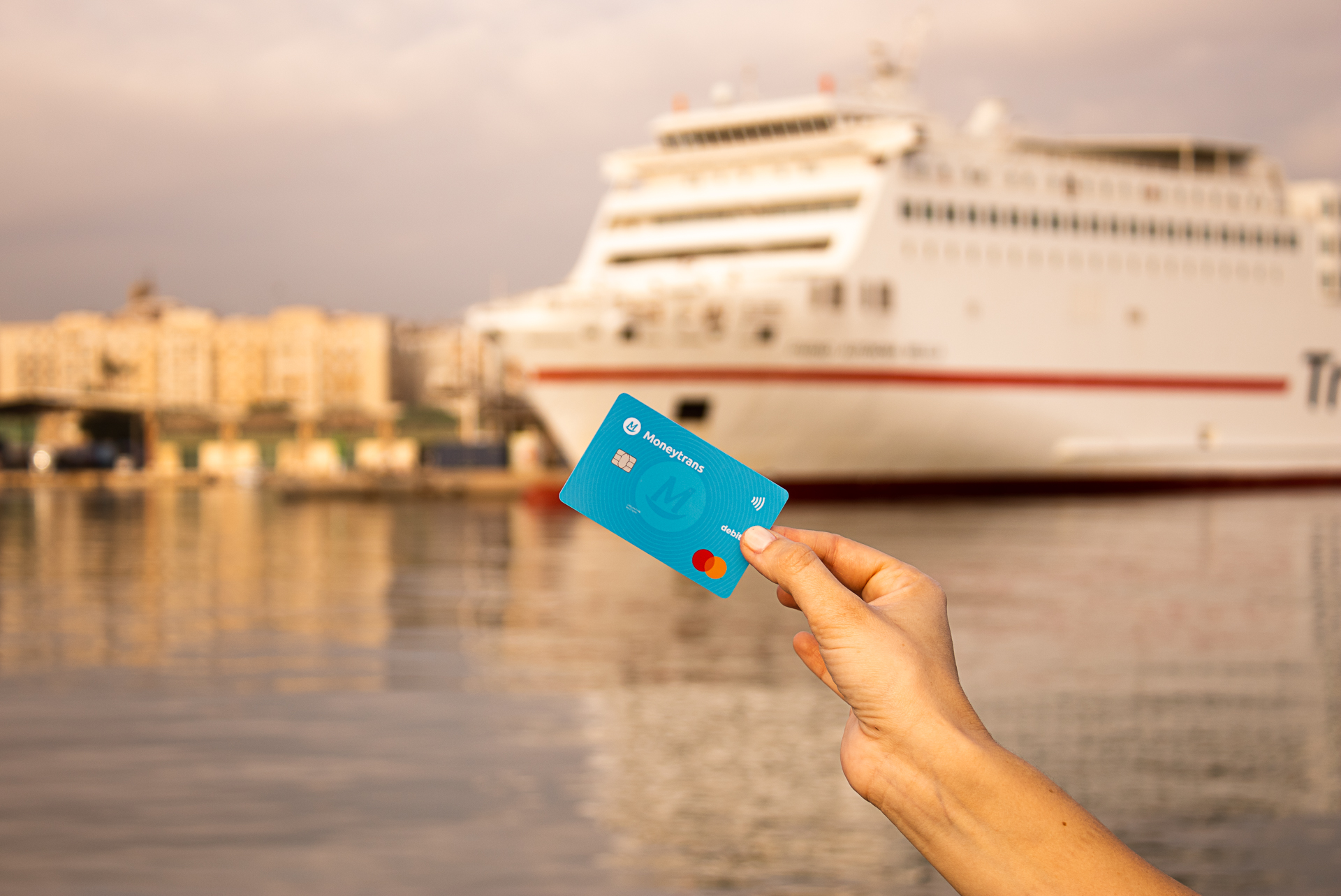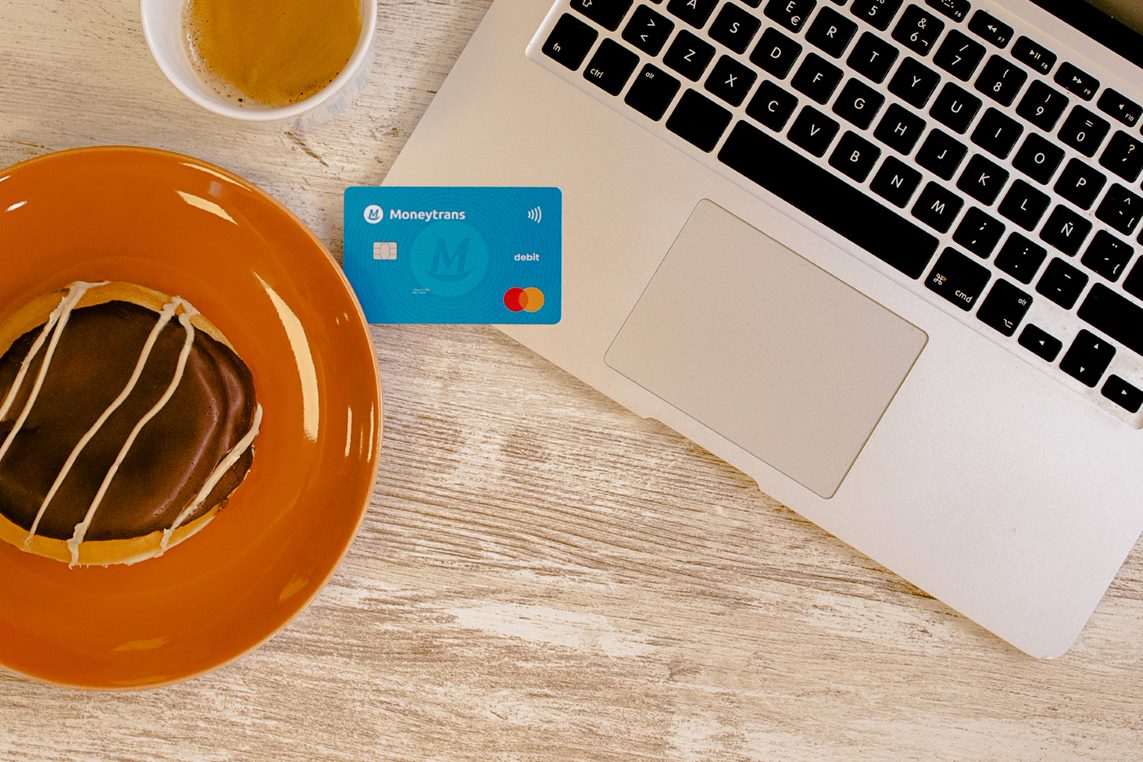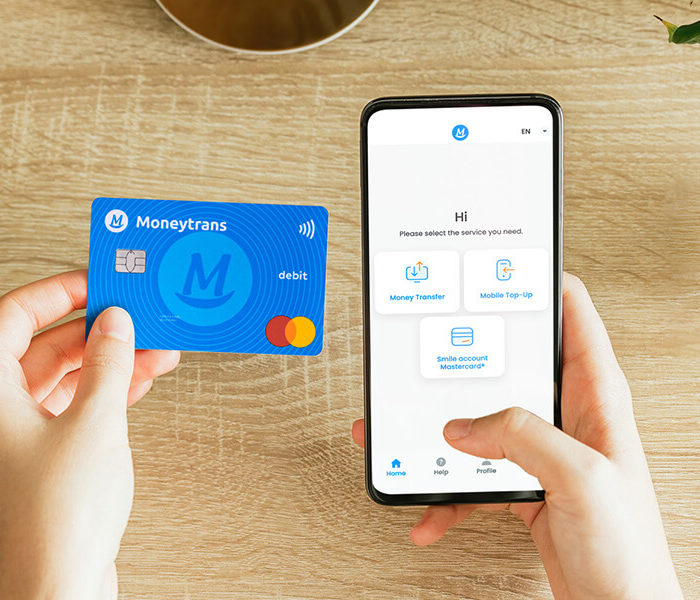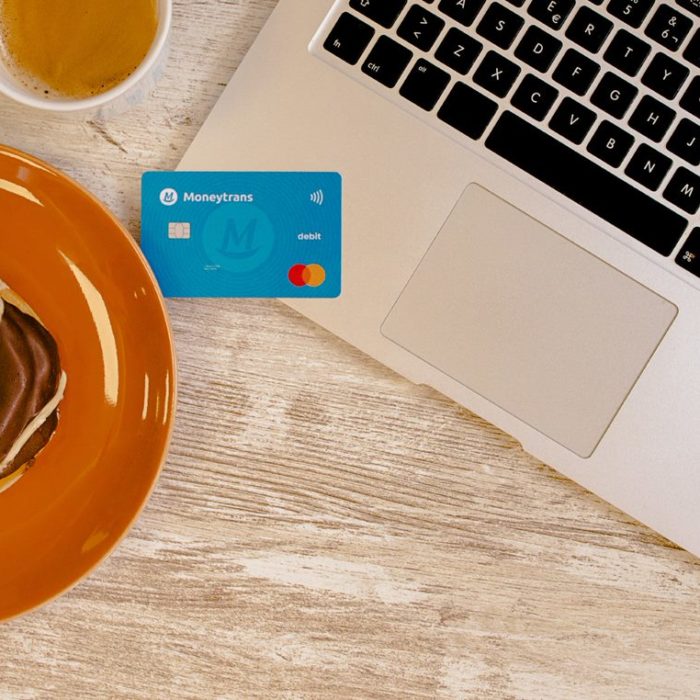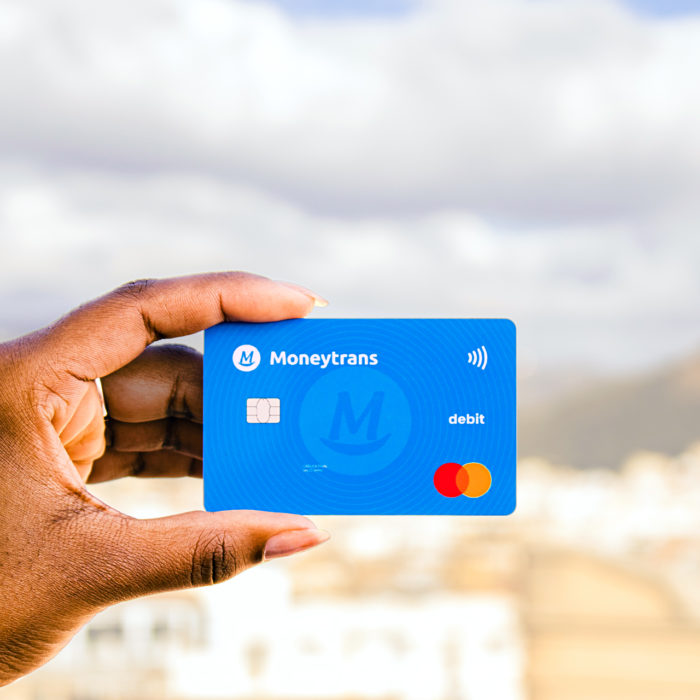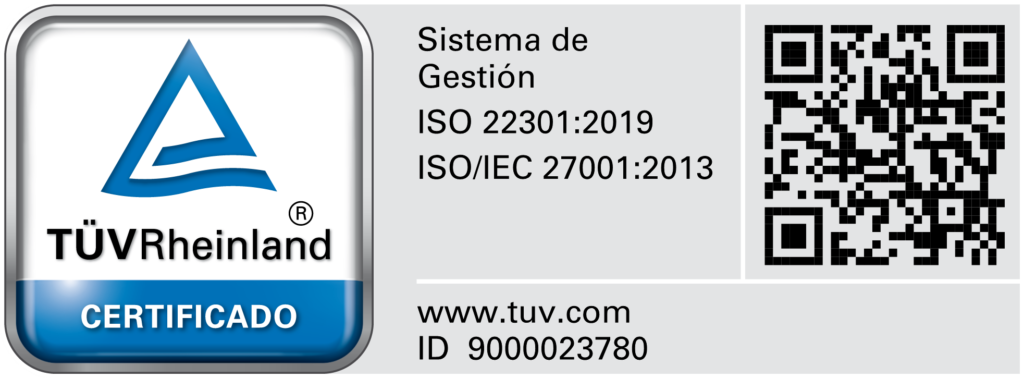These days, it’s increasingly common to go cashless and use a credit or debit card to make everyday payments, but are all cards the same? In this post, we’ll talk about the two most common types of card: Visa and Mastercard. You will discover all the differences between Visa and Mastercard in this post!
What is a Mastercard?
Mastercard is one of the world’s leading payment card brands, designed to enable you to withdraw cash from ATMs and make payments at establishments worldwide (in fact, it’s currently accepted in 220 countries). Contrary to what you might think, there is not just one card, but several, and it is the bank that offers it that is responsible for setting the card’s conditions of use, features and benefits.
Types of Mastercard
Depending on their use, Mastercard cards are divided into three main types:
- Mastercard debit card: linked to a current account, it allows you to withdraw cash and make payments as long as there is an available balance on the associated account, with charges deducted from it at that time.
- Mastercard credit card: enables purchases and cash withdrawals to be made on credit, i.e. the amount charged accumulates and is paid out at the end of the chosen period (usually one month), either in a single payment or in instalments, depending on the formula agreed between the customer and the bank.
- Prepaid Mastercard: this card does not need to be linked to an account, as the customer recharges it before using it for any amount. This type of card is very popular, for online purchases or foreign travel, for example.
- Each type of Mastercard is in turn available in different products, depending on the bank and the specific conditions of each.
Advantages and benefits
Mastercard offers its customers significant advantages when using its cards:
- ATM locator: a particularly important function when you’re far from home and unfamiliar with the area.
- Currency converter: Mastercard is widely used when traveling abroad, as it is accepted in over 220 countries. This tool is particularly useful for calculating currency conversions, so you don’t lose money on foreign transactions.
- Mastercard assistance center in the event of theft or loss, enabling the card to be blocked in a matter of minutes from anywhere in the world.
- Zero Liability Protection: perhaps one of the most important benefits of the card, it protects the user against unauthorized transactions, such as those made fraudulently after the card has been stolen or misappropriated.
What is a Visa card?
Visa is the other major brand of payment card. It is also widely used throughout the world, and is in fact accepted in almost 200 countries. It allows cash withdrawals from its own ATM network, as well as from Servired, Euro6000 and 4B ATMs.
Like Mastercard, it has a full catalog of different cards with different conditions and benefits, most of which depend on the bank that markets them.
Advantages and benefits
Visa offers its customers what it calls the “Benefits Portal”, which lists the main advantages that its customers can enjoy by using a Visa card, which it has classified into three main types:
Travel-related benefits: premiums for trip cancellation, lost or delayed baggage, missed connections and delays, among others.
- Purchase benefits: extended warranty, purchase protection and price protection.
- Emergency medical services: including the COVID helpline and Visa Medical Online.
It is important to note that these benefits are not available for all Visa cards; each card may be associated with different benefits.
Visa card types
As with Mastercard, Visa cards can be divided into several categories:
- Visa credit card: probably the most common, it allows you to use a maximum credit limit agreed between the customer and the bank, and repay it as agreed.
- Visa debit card: to function, it must be linked to a current account with a positive balance.
- Prepaid Visa card: works by being pre-loaded by the customer, so does not need to be linked to a current account.
Differences between MasterCard and Visa
As we’ve already explained, it’s the banks that establish the final characteristics of each card, particularly in terms of fees and discounts or promotions, so having either type of card has more similarities than differences. At present, it is possible to travel worldwide with either card, although the Mastercard has the advantage of being accepted in a greater number of countries.
Introducing the Moneytrans MasterCard
Moneytrans offers you a MasterCard debit card with all the advantages of the payment card giant, combined with all the benefits of your Moneytrans account:
- It’s a registered payment card, which you can use to make all kinds of payments, both in person and online.
- It allows you to withdraw money from ATMs worldwide, as well as from Moneytrans branches.
- No monthly fees or hidden charges for overspending: the money is deducted directly from your account, so you can never spend more than you have.
- You can collect it from your nearest Smile point or have it delivered to your home.
- It’s quick and easy to activate, so you can start enjoying all its benefits as soon as you receive it.
- 3D Secure: dual identification system to secure every card transaction.
- Anti-fraud system: immediate notification of suspicious account movements.
- Anti-theft protection, enabling you to block or cancel the card instantly, both from the Moneytrans website and from the application, in the event of suspected theft.
